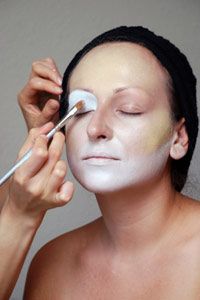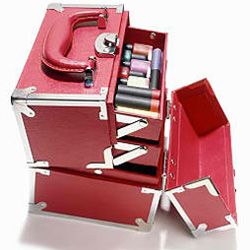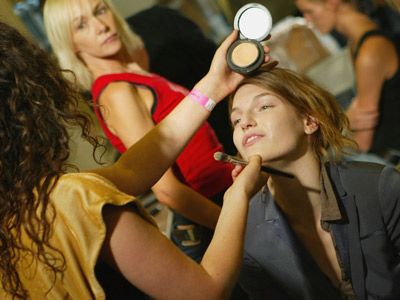If you've ever wondered how models have such glowing, flawless skin, the answer may be in their makeup primer. Because makeup primer has the unique ability to fill in fine lines and wrinkles, using primer as a layer between your skin and foundation provides the base necessary to create the appearance of perfect skin at any age [source: WebMD].
"Melt proof" is a common buzzword associated with primers, but there are several benefits to wearing a layer of priming gel besides just extending the life of your foundation. Primer can help prevent unsightly creases in eye shadow and streaks in foundation, it can control the appearance of shine, and it can prevent makeup from flaking [source: WebMD].
Advertisement
There are a variety of primers available that can suit any skin type -- they can be transparent or tinted, moisturizing or drying and specially formulated for different parts of the face. In fact, selecting the correct primer for your skin type or tone is no different from selecting the correct foundation.
Although it may seem daunting to add yet another step to your morning routing, you may find the results of using primer are well worth the few minutes spent applying it. Whether you need a little dab or a large dollop, these quick-fix gels can be applied and set in the amount of time it takes to brush and floss your teeth. By following the same application technique you use for moisturizer, you can apply primer to your cheeks, eyes and lips. A little extra primer on the areas where color fades can eliminate powder touch-ups or blotting sessions later [source: Langton].
Primers minimize fine lines, temporarily remove dark spots and set the canvas for makeup coverage that lasts beyond the workday. Read on to discover other ways a little bit of primer can do wonders for your look.
Advertisement


